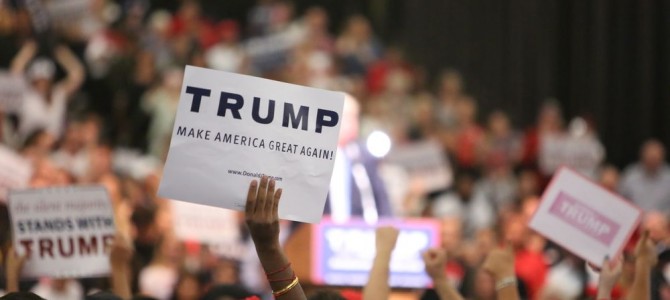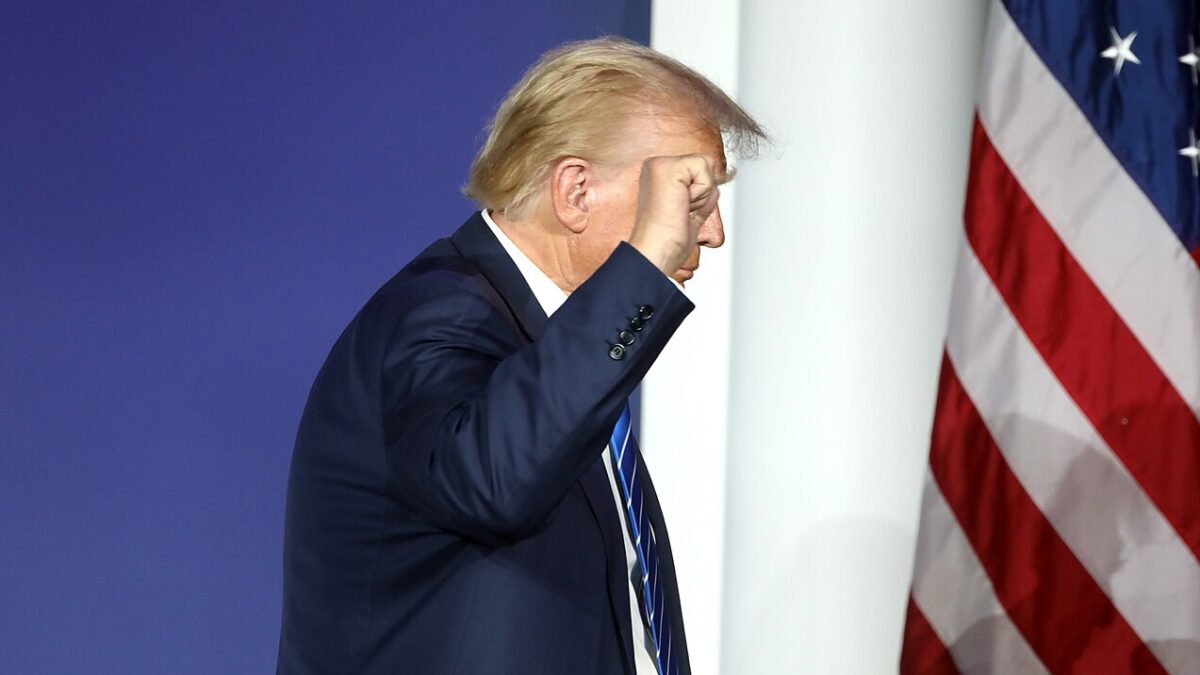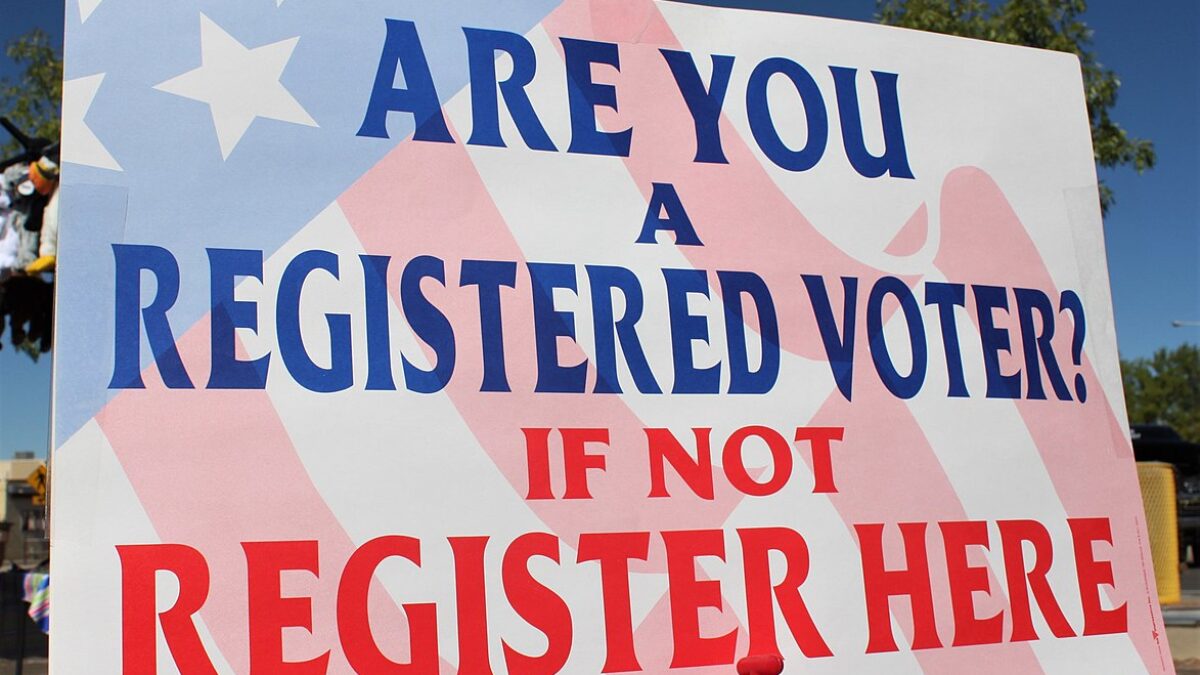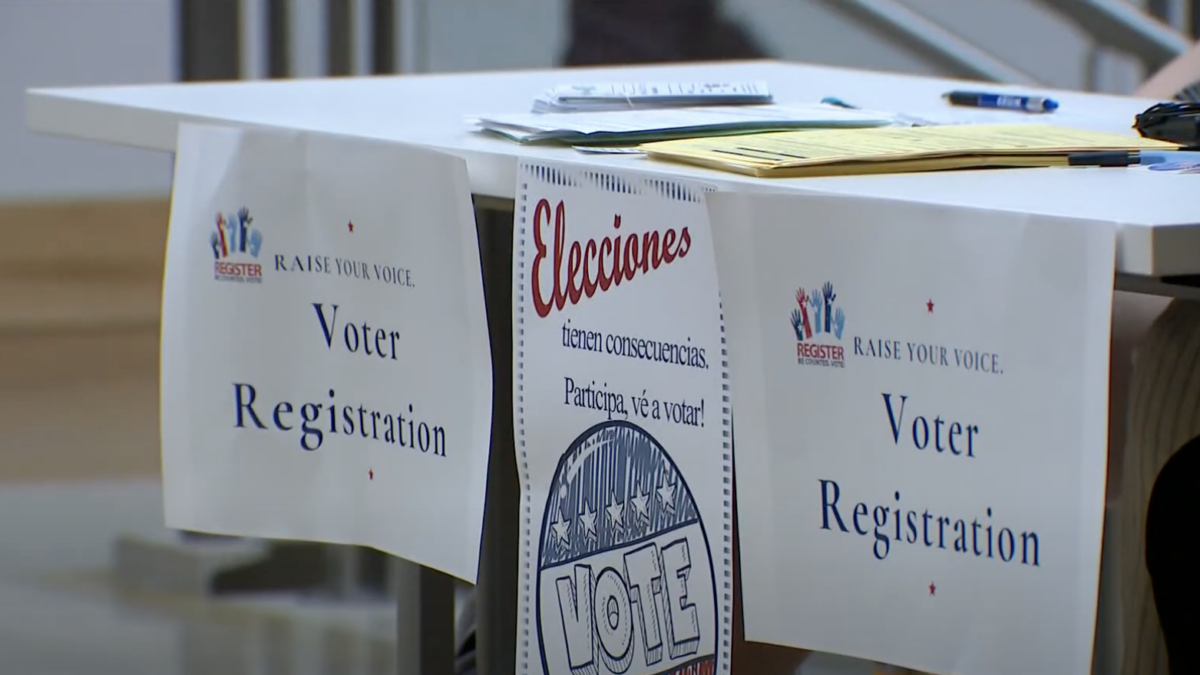
Fault lines in the earth’s crust constantly move at a pace nearly imperceptible, building tension until a breaking point results in earthquakes, often triggering tsunami that transforms entire environments permanently. So may be the election of Donald Trump, revealing tectonic shifts long underway that obliterated long-mapped political topography. Both parties had better get serious about adapting.
Democrats in 2016 now know their coalition, and their platform, has become too urban and elitist. Hillary Clinton carried each of the nation’s 18 largest cities by large margins—and none of those margins was decisive in changing a single electoral vote. For example, even if she’d tied Trump in New York City, she’d still have won the Empire State’s electoral votes due to her 62,845-vote victory in the rest of the state.
Republicans, meanwhile, saw rock-bottom shares of the suburban vote go for Trump, revealing a vulnerability unseen for the GOP since modern suburbs were invented in the middle of the last century.
Both parties shed an important part of their historic bases in 2016 and their task now is to get them back. Smart analysts looking toward the next election should ask whether it will be easier for Trump to placate his educated affluent defectors in suburban cul-de-sacs or for Democrats to heal the party’s estrangement from white voters outside metropolises.
The White Working Class Finally Breaks Red
In many ways, Clinton’s losses across the Rust Belt and blowouts in the South merely completed a decade-long schism of choice separating national Democratic leaders from the blue-collar base they had depended on since the Great Depression. For years, Democrats straddled this line between the party’s chardonnay-swilling donors and beer-drinking voters. But such straddling is no longer even attempted.
Democratic candidates are now expected to be enforcers for multiculturalist bullying and apostles for the gospel of environmental regulation, both condescending tasks that by design offend or harm voters in Middle America.
Trump’s victory marks the first time in the last eight presidential elections in which the Republican nominee has carried every traditional presidential battleground in the Great Lakes region—Pennsylvania, Ohio, Indiana, Iowa, Michigan, and Wisconsin. Trump even came within a whisker of carrying deep-blue Minnesota, which no Republican has done in a generation.

With the exception of Detroit, Hillary got the votes she needed out of the Rust Belt’s big cities, scoring comparable margins to Barack Obama’s in Milwaukee, Philadelphia, Des Moines, and Cleveland.
Trump won by attracting the votes of the same people who had voted only for Democrats for president for a generation in less-urban places like Ashtabula County, Ohio. The mid-sized industrial county on Lake Erie gave Hillary Clinton just 38 percent of its votes—17 points less than it gave Obama in 2012 and 15 points less than it gave Michael Dukakis in 1988.
In the farm counties of Eastern Iowa, the coal counties of Pennsylvania, and the timberlands of western Wisconsin, the story was the same. Jackson County, Wisconsin swung 27 points in just four years, from a 15-point Obama victory to a 12-point Clinton loss. Industrial Luzerne County in Pennsylvania gave Trump 58 percent, its largest share for a Republican presidential candidate since Richard Nixon in 1972.

Democrats had carried Wisconsin seven prior presidential elections in a row, and routinely won more than 50 of the state’s counties; Hillary Clinton carried just 13. Obama beat John McCain in more than half of Iowa’s 99 counties but Clinton won just 6. Those swings were not driven merely by Democratic failings alone, but abetted by Trump’s raw-edged pledges to blow up the status quo in both parties.
Republicans Begin to Lose Their Suburban Base
Masked by the billionaire’s populist campaign victory, or perhaps symbiotic with it, was a hidden shift in the other direction—a reversal in Republican fortunes with the suburbanites who have long been the party’s base. In Wisconsin, Trump won a 1-point victory in the same state where Mitt Romney suffered a 7-point loss. Trump won the Badger State while getting far fewer votes than Romney got in the state’s three largest counties—urban Milwaukee, bohemian Dane, and suburban Waukesha.
Trump’s general election struggles in suburbia were anticipated. With few exceptions he struggled in those same localities in the primary season, routinely losing suburbs to Sens. Marco Rubio or Ted Cruz. Trump’s ability to press an agenda that wins those suburban voters back—or Democrats’ ability to seize on this schism—may largely define the success of both parties in the next era of American politics.
A national analysis of 20 high-growth suburban Republican counties surrounding the metropolitan areas of Chicago, Columbus, Cincinnati, Milwaukee, Kansas City, St. Louis, Nashville, Atlanta, Charlotte, Jacksonville, Richmond, Washington, Denver, New Orleans, Dallas, Houston, Austin, and Fort Worth show the same softness in Trump support across disparate regions of the country. Of those 20 counties studied, only St. Charles, Missouri, delivered a Trump a larger margin than it had given Romney. The 20 suburban growth counties studied collectively gave Romney a 753,442-vote advantage over Obama but yielded Trump a smaller 467,120-vote advantage over Clinton.

Democratic strategists are hawking the narrative that Trump’s metropolitan problem was due primarily to minority voters, and some of that is true. In Gwinnett and Cobb Counties outside Atlanta, white voters now make up less than two-thirds of the population and Trump was nine percentage points weaker than Romney had been. But Trump’s softness in even heavily white suburbs indicates a broader warning sign for Republicans.
For example, Trump came up eight points shy of Romney’s total in upscale Williamson County, Tennessee, adjacent to booming Nashville, in spite of the fact that its population is 90 percent white. The story was the same in Johnson County, Kansas, the wealthy bedroom of Kansas City, where Trump pulled only 48 percent although Romney had pulled 58.
Suburbanites Like Republicans But Not Trump
On the outskirts of Columbus, Ohio, long the Madison Square Garden of presidential politics, Trump’s vote of 56 percent in Delaware County lagged Romney’s 61 percent, all while Trump was romping to an eight-point victory overall in the Buckeye State. These growth suburbs studied are all higher income, with the average county median household income among the twenty coming in at a stout $75,634—41 percent above the national average. Correspondingly, education levels are higher in these locales than the nation as a whole.
These are the very counties that produce the Republican Party’s national leaders. Waukesha County, Wisconsin is home to House Speaker Paul Ryan’s district and Trump’s Chief of Staff Reince Preibus. Former House Speaker Dennis Hastert’s Illinois territory included Kendall and Kane Counties. The architects of the first modern Republican majority in the 1990s, Newt Gingrich and Tom DeLay, built power bases in Cobb County, Georgia and Fort Bend County, Texas.
The pre-Trump GOP was built on a mold of small-“C” capitalism. It was a coherent strategy because the entrepreneurial businesses and cul-de-sac voter blocks that make up suburban America are so culturally similar that a national message and platform translates just as well to the customers of upscale chain restaurants in one place as the next.
In this election at least, that strategy only fell apart at the presidential level. Down ballot, the suburbs still cranked out reliable Republican margins. Late counts show the GOP’s congressional candidates won nearly three million more votes than Democrats and the party’s House and Senate majorities endured withering assault by well-funded liberal takeover bids.
Nowhere was that dichotomy on better display than Loudoun County, Virginia, the just-built affluent suburb outside Washington driven by the cyber and defense industries. Trump lost the county a margin of 55 percent to 39 percent, while the local Republican Rep. Barbara Comstock carried the county in fending off a $9 million challenge in the most expensive congressional race in the country.
The Senate equivalent of that race was Republican Sen. Pat Toomey’s, who squeaked out his re-election with 49 percent of the vote in Pennsylvania—identical to Trump’s winning 49 percent in the state, albeit with a very different coalition. Trump out-polled Toomey by 5 or more percentage points in 33 rural counties in the state’s interior while Toomey got 74,000 more votes than Trump did in Philadelphia and its suburbs.
Democrats Have More Work to Do
The question now for Republicans is how to keep suburban voters, who are ideologically conservative, while maximizing the populist voting bloc Trump built. This task seems easier than the Democrats’ path back to victory. Eight years after candidate Barack Obama derisively said rural Americans were “bitter” and “clinging to guns and religion,” those rural and industrial voters were left with no other conclusion but that their ancestral Democratic Party no longer liked them much.
Beginning with the next election, the 2010 midterms, and running through this election, those voters gave Republicans their second-largest U.S. House majority in history, the most Republican governorships in 94 years, and a hammerlock on state legislatures in all but the liberal coastal bastions and Illinois.
To undo those Republican victories, Democrats in the near term cannot merely increase turnout among urban minority voters. They must also either win back downscale whites or convince anti-tax, anti-government suburban Republicans that their Hillary vote should become a new habit and not just a protest. To cement his own coalition, the president-elect has to convince suburbanites who generally prefer Republicans that his achievements should trump their concerns about his temperament.
America now has two groups of swing voters: center-right suburbanites and rural populists. Politicians ignore either group at their own peril.






